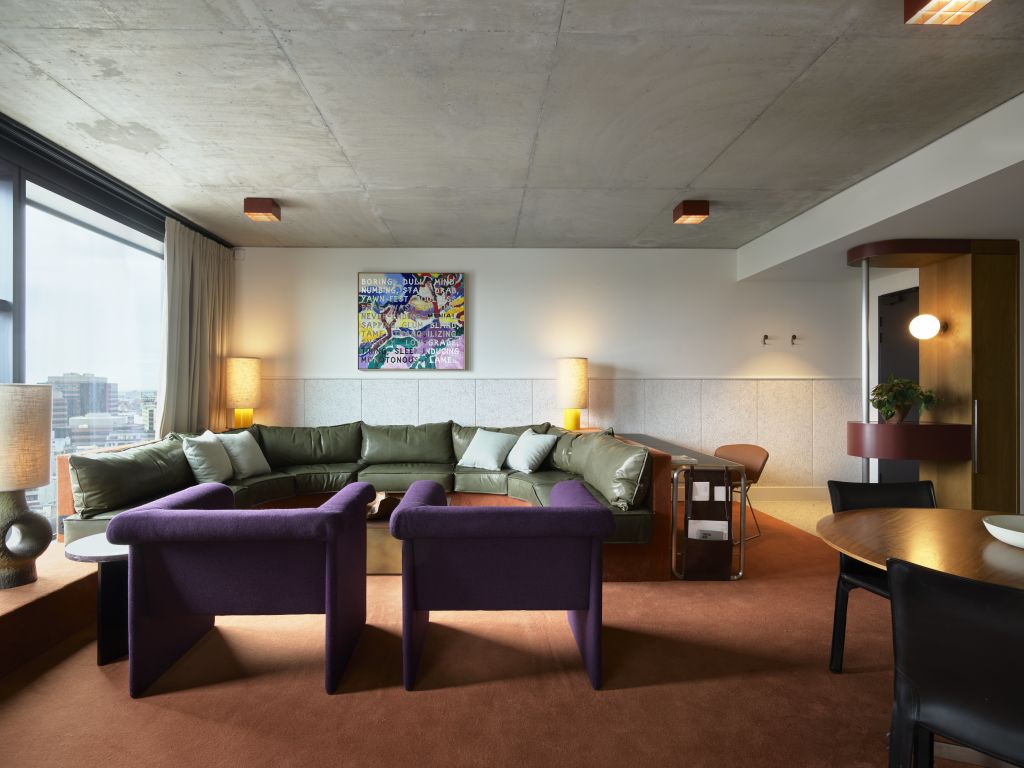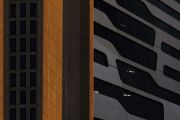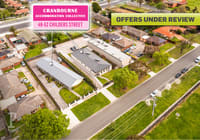
Luxury hotels lead Australia’s next wave of tourism investment
Australia’s hotel industry is entering a new era in which creative design and premium experiences are resulting in strong investor appetite.
A surge in international arrivals and steady domestic demand has placed the national sector firmly on track for a full recovery by the end of 2025, according to CBRE’s 2025 Hotels Australia Overview and Outlook report, and both domestic and international investors in the hotel and tourism sector are taking notice of the demand for luxury accommodation Down Under.
The report reveals national occupancy rates have risen to 71 per cent, up 2 per cent year-on-year, with the average daily rate (ADR) holding steady at $240 and revenue per available room lifting 3.8 per cent to $171. Major markets, including Sydney, Brisbane, Perth and the Gold Coast, all posted year-on-year gains across key performance indicators.
While the record highs of 2023 have moderated, CBRE’s Australian head of hotels research, Ally Gibson, says the long-term outlook remains strong.
“Brisbane, Perth and the Gold Coast were the only markets to record pre-pandemic rates across all three performance indicators,” Gibson says.
“Melbourne and Hobart face challenges from increased supply and softer domestic leisure demand, though both recorded strong growth in international visitation.”
The resurgence of travel, driven by the reopening of key routes to Asia and Europe, has been a major factor in the upswing of the sector. International arrivals now sit just 13 per cent below pre-pandemic levels, boosted by the addition of 60 new international flight routes and expanded services in 2024 and 2025.
“This growth in international flights reflects a strategic response to pent-up demand from key markets, particularly Asia, and is expected to boost inbound tourism demand and enhance connectivity in 2025,” says CBRE regional director of hotel valuations Troy Craig
“Future infrastructure projects, including the Western Sydney Airport expansion, Melbourne’s third runway and the $2 billion redevelopment of Perth Airport, will further enhance Australia’s air connectivity and global reach.”
Premium hotels take centre stage
Premium and luxury hotels are in demand in the Australian market, with an increasing number of local and international brands launching in our major cities. Of the 1800 rooms added to Australia’s hotel market last year, more than half (56 per cent) were in the premium segment, with 5700 more under construction and due to open within the next two years.
CBRE’s Asia Pacific Hotel Investor Intentions Survey shows that 72 per cent of investors plan to buy more hotel assets in the region, with Sydney ranked second globally for hotel investment appeal, behind Tokyo.
The opening of Ace Hotel in Sydney is a strong example of the luxury hotel investing market eyeing Australian shores.
The launch of Ace Hotel in Surry Hills in 2022 was the brand’s first foray into the Southern Hemisphere. It already had eight hotels operating across the globe in major cities like New York, Athens, and Toronto.
“We’ve always felt a strong affinity with Australia,” says Ace Hotel Group chief executive Chris Penn.
“Sydney’s thriving creative community, proximity to cultural life, and incredible culinary scene really appealed to us. Our hotels tend to be part of the neighbourhoods they live in, and Surry Hills’ renegade spirit resonates with Ace’s roots on the Pacific Coast of America.”
Designed by Melbourne’s Flack Studio, Ace Hotel Sydney’s interiors draw from local design influences and feature works by emerging artists. For Penn, this approach reflects a broader movement in how travellers define luxury.
“Ace’s version of luxury is about inviting communal spaces to sink into, a guest room that feels more like a friend’s home than a hotel room, and an art program that reflects the beating heart of the city,” he says.
“This is what people are increasingly gravitating towards – spaces that feel personal, connected and authentic. Whether it’s for leisure or business, people recognise that when they spend time in our spaces, they are experiencing the local community – its art, music, food and people – and they feel part of something.”
Investors eye the luxury segment
While transaction volumes slowed in 2024 amid high interest rates and tighter finance conditions, CBRE expects stronger momentum this year as investor confidence returns and interest rates stabilise.
“Major events, premium hotel openings and infrastructure projects in the pipeline will all support the sector,” Craig says.
“The outlook for the Australian hotel market remains positive.”
That optimism is mirrored by brands like Ace Hotel, and the announcement of a Soho House opening in Darlinghurst in 2026 has also sent waves through the community. The brand operates clubs, hotels, restaurants and other venues in bustling cities like London, New York and Paris.










